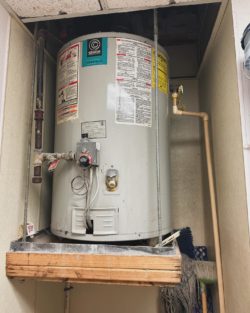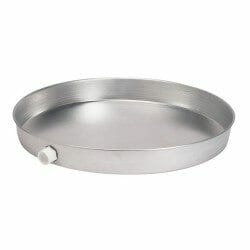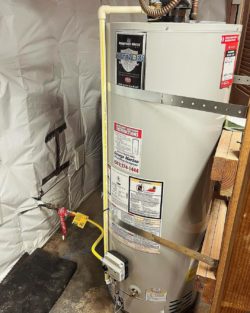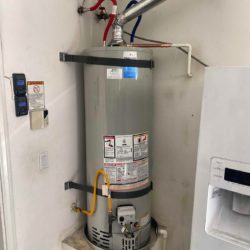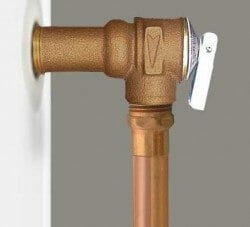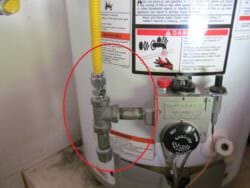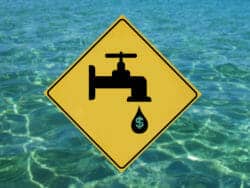Hot Water Heater Temperature Settings
Home » Plumbing » Water Heaters »
A common question among homeowners is, “What temperature should my hot water heater be set to?”
When it comes to setting the temperature of your home’s hot water heater, finding the right balance can be a bit like walking a tightrope. On one side, there’s the need for safety and on the other, the desire for energy efficiency and functionality. The recommended setting of 120 degrees Fahrenheit (49 degrees Celsius) is often cited as a sweet spot, but why is this the case, and are there situations where adjustments are necessary?
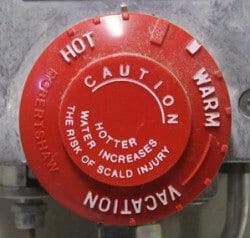
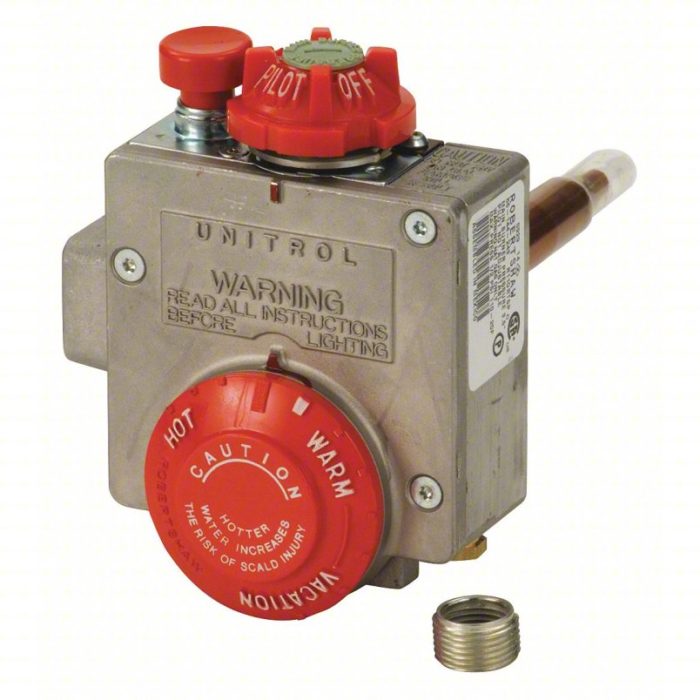
Understanding the Risks and Recommendations
Safety Concerns: At the heart of the recommendation for a 120°F setting is the concern for safety. Water hotter than this can cause serious burns quickly, with the elderly and young children being particularly at risk. According to the Consumer Product Safety Commission, water at 150°F can cause a third-degree burn in just 2 seconds, while at 120°F, it takes about 5 minutes for a serious burn to occur. This slower reaction time significantly reduces the risk of scalding accidents in the home.
Energy Efficiency: Heating water accounts for a significant portion of a household’s energy bill, second only to heating and cooling costs. According to the Department of Energy (DOE), Lowering your water heater’s setting from the standard 140 degrees to 120 degrees Fahrenheit can lead to energy cost reductions between 4% and 22%, potentially saving hundreds of dollars annually.
By setting the water heater to 120°F, homeowners can also reduce the amount of energy used to maintain water temperature, leading to savings on energy bills without sacrificing comfort. This temperature is adequate for most daily activities, including bathing, cleaning, and laundry.
Preventing Bacterial Growth: A concern with setting temperatures too low is the potential for bacterial growth, particularly Legionella bacteria, which thrives in temperatures between 68°F and 122°F. Legionella can cause Legionnaires’ disease, a serious type of pneumonia. Maintaining a temperature of at least 120°F helps to minimize this risk, making it a crucial health consideration.
When to Consider a Higher Temperature
Despite the general recommendation, there are circumstances where a higher water heater setting may be warranted. For example, Energy.gov suggests those with suppressed immune systems such as chronic respiratory disease, may consider keeping the hot water tank at 140°F.
For a more common example, if your household includes a dishwasher without a built-in heating element to boost water temperature, a setting of 140°F may be necessary to ensure dishes are sanitized properly. However, it’s important to weigh these considerations against the increased risk of scalding and higher energy costs.
For homes that need to set their water heater above the recommended temperature, advanced water heating systems, anti-scald devices or mixing valves can be installed to mix cold water with hot at the point of use, ensuring the water from the tap remains at a safe temperature.
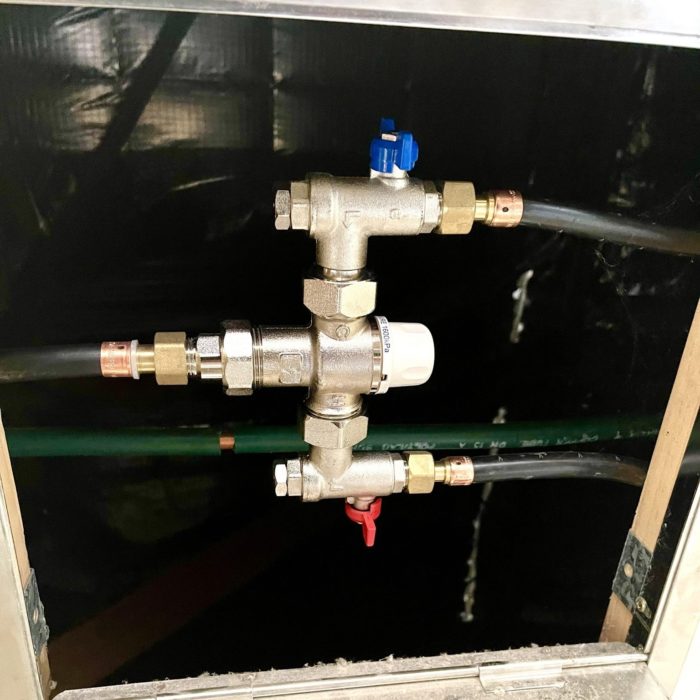
Adjusting Your Water Heater
Adjusting the temperature of your hot water heater is typically straightforward, but it’s important to follow the manufacturer’s instructions carefully. Gas and electric heaters have different adjustment mechanisms, and some modern water heaters come with digital displays that simplify this process. After adjusting the temperature, allow a few hours for the water in the tank to reach the new setting, then verify the temperature with a kitchen thermometer at a faucet. Read our general water heater guide to learn and understand how hot water heaters function and what are common issues you may face.
